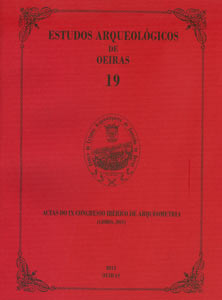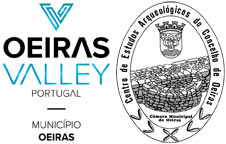Ocorrência de contas de fluorite no Neolítico Final e no Calcolítico da Estremadura (Portugal)
Keywords:
Archaeometry, fluorite, Prehistory, Portuguese Estremadura regionAbstract
In this work we study a large bead with a toneliform format collected in the Chalcolithic settlement of Leceia (Oeiras). The piece was analysed by estereomicroscopy and direct X Ray difraction. It is made of fluorite, as the direct observation already presumed. This piece adds to other fluorite beads of different formats and sizes, previously identified by chemical analysis and direct observation, in several natural caves of the same region, used as necropolis, during the Late Neolithic and the Chalcolithic. We mean the cave of Casa da Moura (Óbidos), the caves of Poço Velho (Cascais); and the cave of Lapa do Bugio (Sesimbra). These occurrences show an organized network for the distribution of this natural and prestigious resource though several production centres should exist, given the differences observed, and fluorite being an unknown substance in the region of occurrence of these finds. We discuss the probable origins of the pieces, since fluorite is a mineral usually associated to pegmatitic layers of hydrothermal origin, well known in the occidental regions of the Iberian Peninsula.
Downloads
Published
How to Cite
Issue
Section
License
Os artigos publicados são da exclusiva responsabilidade dos Autores.
É expressamente proibida a reprodução de quaisquer imagens sobre as quais
existam direitos de autor sem o prévio consentimento dos signatários dos artigos
respectivos.




